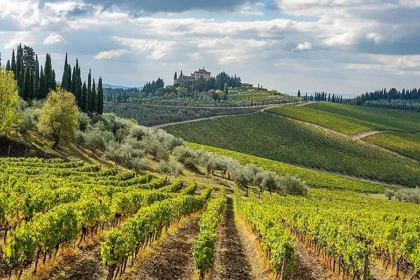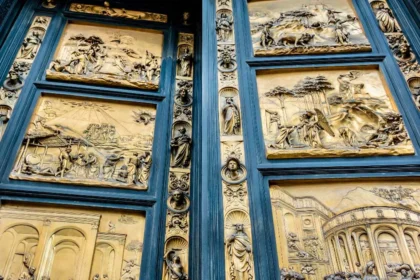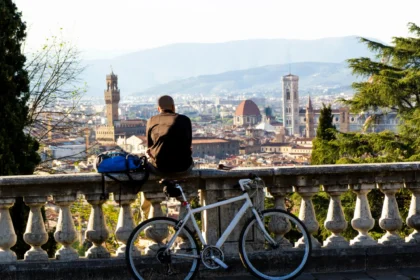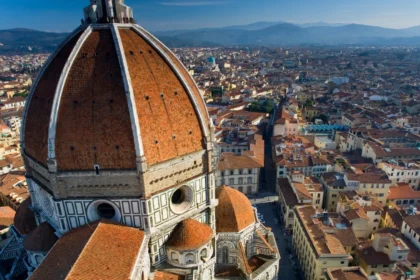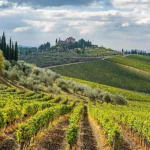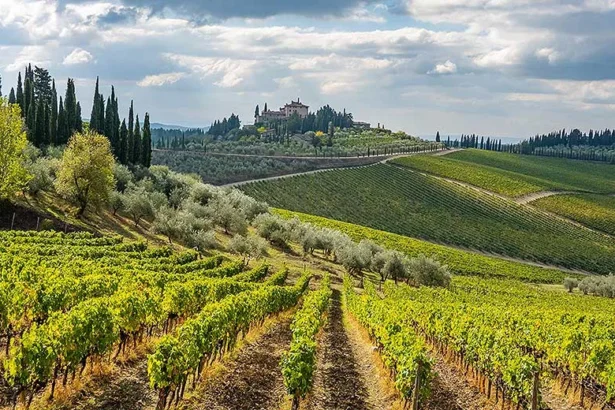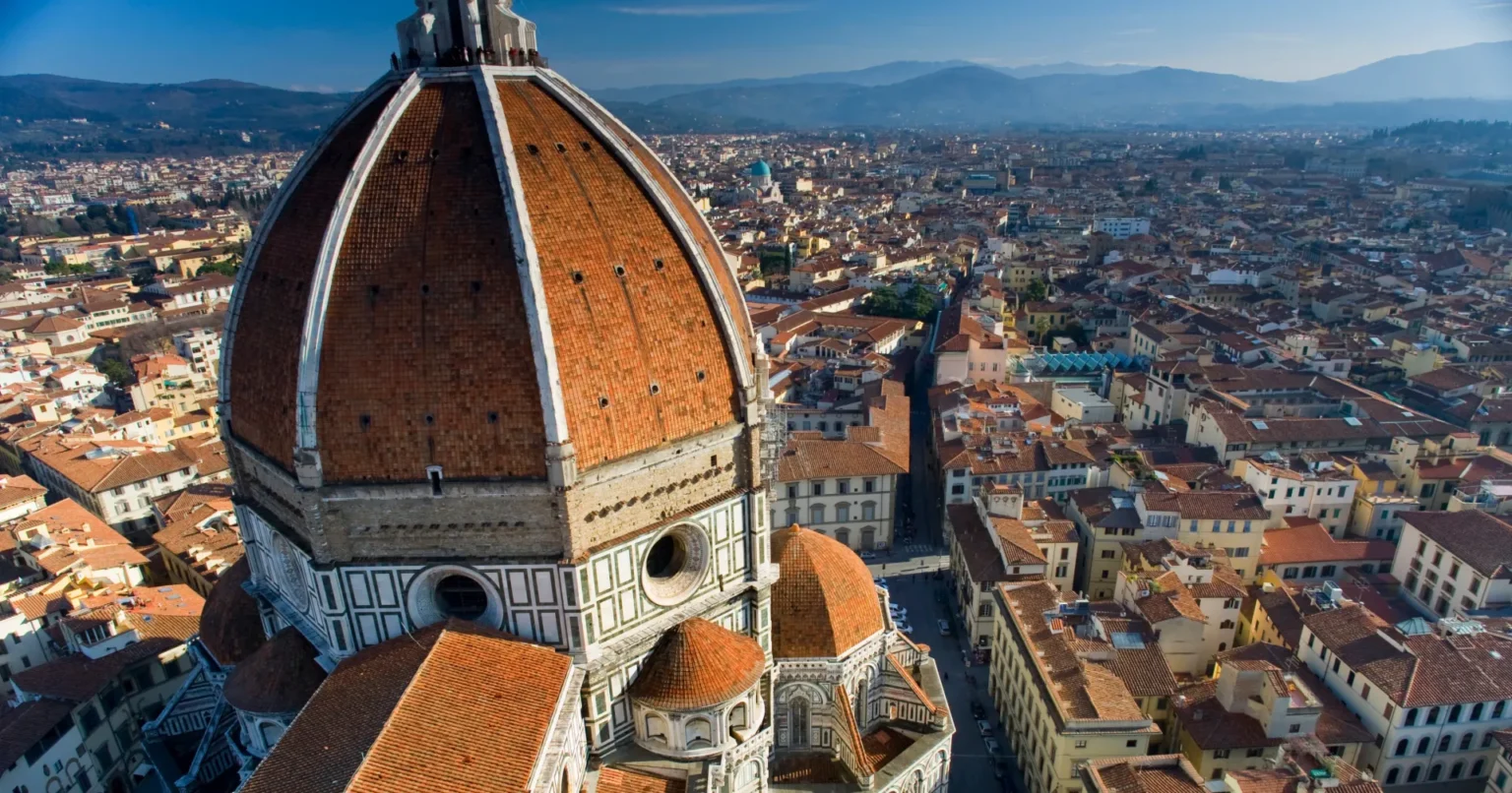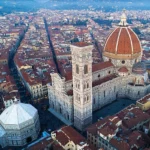The Dome of Brunelleschi, located in the Cathedral of Santa Maria del Fiore in Florence, is one of the most iconic symbols of Renaissance architecture. Built by Filippo Brunelleschi between 1420 and 1436, it represents an unprecedented engineering achievement that marked a pivotal moment in the history of art and architecture worldwide. Today, it stands as one of Florence’s top tourist attractions, admired for its grandeur, beauty, and structural complexity.
History and Context of Its Construction
In the 14th century, Florence faced a tremendous challenge: completing its cathedral, which had been started in 1296 based on a design by Arnolfo di Cambio. While the main structure was completed, the issue of covering the vast octagonal choir space remained unresolved. No one knew how to construct a dome of such immense size without using traditional scaffolding.
In 1418, a competition was launched to find a solution. Filippo Brunelleschi, now recognized as one of the greatest geniuses of the Renaissance, presented a revolutionary proposal. His design called for a double self-supporting dome, eliminating the need for internal scaffolding and allowing for the construction of a lightweight yet stable structure.
The Structure of Brunelleschi’s Dome
The dome spans 45.5 meters in diameter and rises to a height of 116 meters, making it the largest masonry dome ever built. Brunelleschi’s technique was radical: the dome is composed of two shells, an inner, thicker one, and an outer, thinner one, connected by horizontal and vertical arches that evenly distribute the weight. This design provides stability despite the absence of external buttresses.
One of the most innovative aspects was the use of a herringbone brick pattern, a technique borrowed from ancient Roman construction that Brunelleschi perfected. This system allowed the dome to be built without large-scale wooden centering or scaffolding, significantly reducing both costs and construction time.
The Dome and the Renaissance
The completion of the dome marked a crucial turning point in the transition from the Middle Ages to the Renaissance. It was seen as a symbol of Florence’s power and cultural resurgence, at a time when the city was one of the richest and most influential in Europe. Brunelleschi’s work became a tangible expression of Renaissance humanism, which emphasized the human capacity to achieve great things through knowledge, technique, and creativity.
The dome also exemplified the new spatial conception that characterized Renaissance architecture. Drawing inspiration from ancient Roman works and deepening his understanding of perspective, Brunelleschi designed a structure that combined engineering functionality with aesthetic beauty, creating a new architectural language that would influence generations of artists and architects.
The Fresco of the Last Judgment
Equally significant is the grand fresco cycle decorating the interior of the dome, created between 1572 and 1579 by Giorgio Vasari and completed by Federico Zuccari.
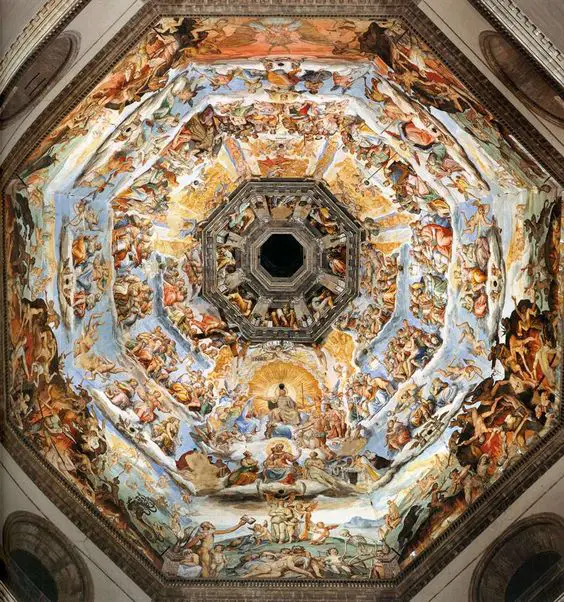
The central theme is the Last Judgment, a monumental subject covering approximately 3,600 square meters of surface. This fresco is one of the largest ever made, featuring dramatic scenes depicting heaven and hell, angels, saints, and the damned in an epic representation that invites reflection on salvation and eternal damnation.
The Dome Today
The Dome of Brunelleschi attracts millions of visitors from all over the world every year. One of the most exciting aspects of the visit is the opportunity to climb to the top, ascending the 463 steps that lead to the lantern. From there, visitors can enjoy a breathtaking panoramic view of Florence and its surroundings.
The dome has also become a symbol of Italian artistic and engineering mastery and continues to be studied and admired by experts worldwide. To this day, it poses challenges for architectural historians, who continue to investigate the innovative techniques used by Brunelleschi.
Fun Facts About Brunelleschi’s Dome
- The Lantern: At the top of the dome, Brunelleschi also designed the lantern, a structure that enhances the dome’s height and houses a sacred relic. After Brunelleschi’s death, the lantern was completed by his disciples.
- Construction Secrets: Even today, some aspects of Brunelleschi’s construction techniques remain a mystery, with modern analyses seeking to fully understand the intricacies of the process.
- Filippo Brunelleschi: The genius behind the dome is buried in the cathedral’s crypt, an honor reserved for only the greatest figures in Florence’s history.
Conclusion
The Dome of Brunelleschi is not only an artistic masterpiece but a monument that embodies the spirit of the Renaissance. Its grandeur, ingenuity, and beauty make it one of the most fascinating and innovative works in architectural history. Visiting the dome today offers not only the chance to admire an engineering marvel but also to embark on a journey into the heart of Renaissance Florence, a city that birthed some of the greatest artists and thinkers in history.

